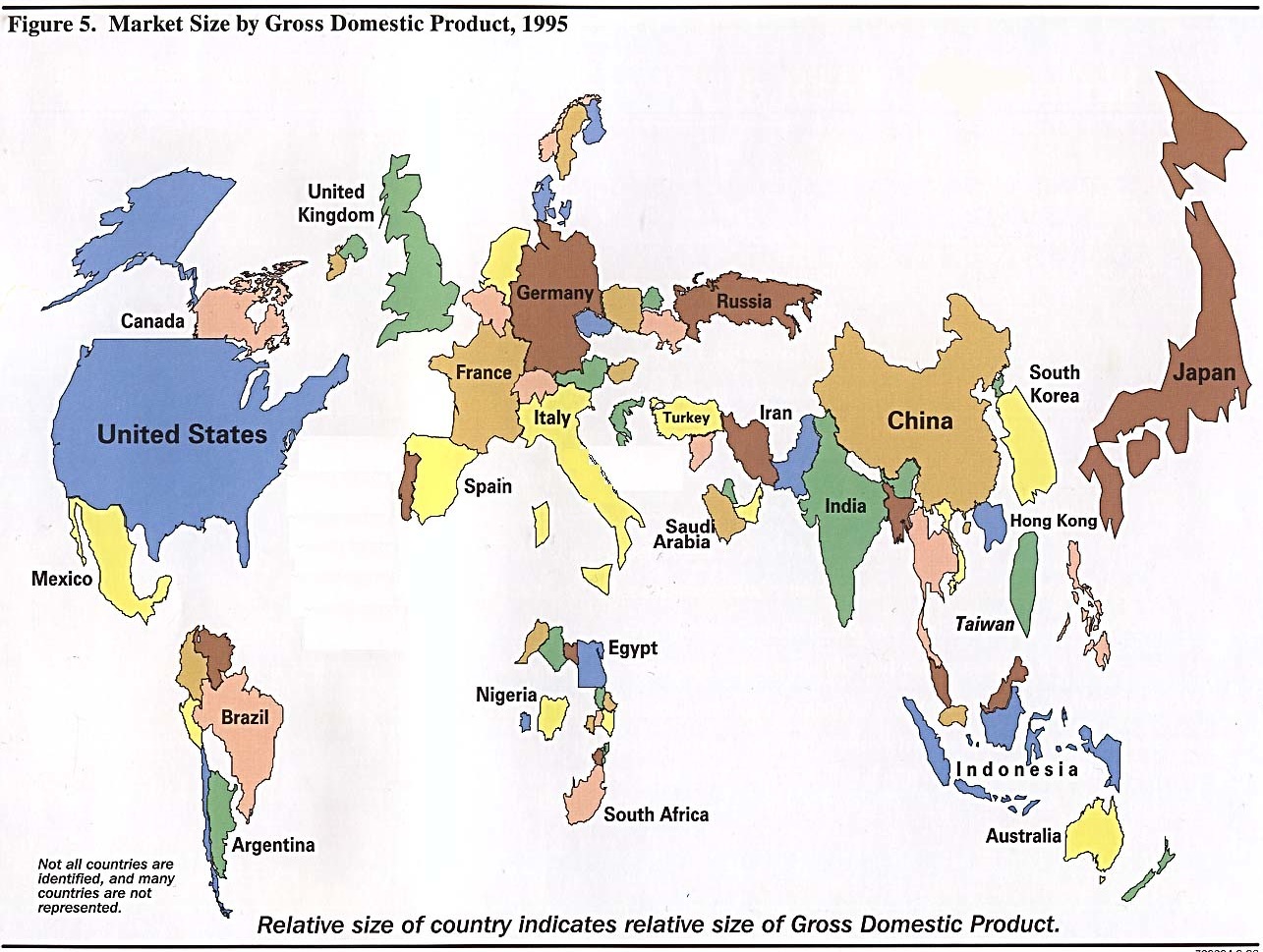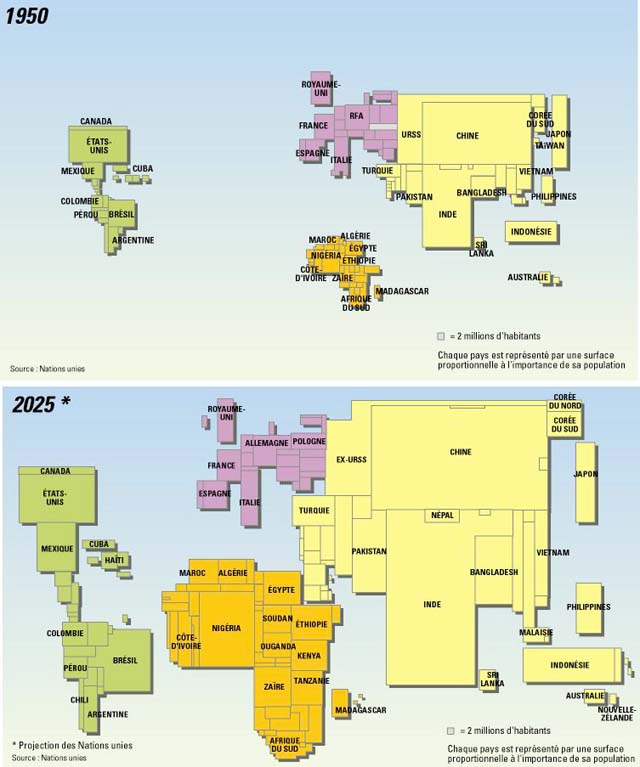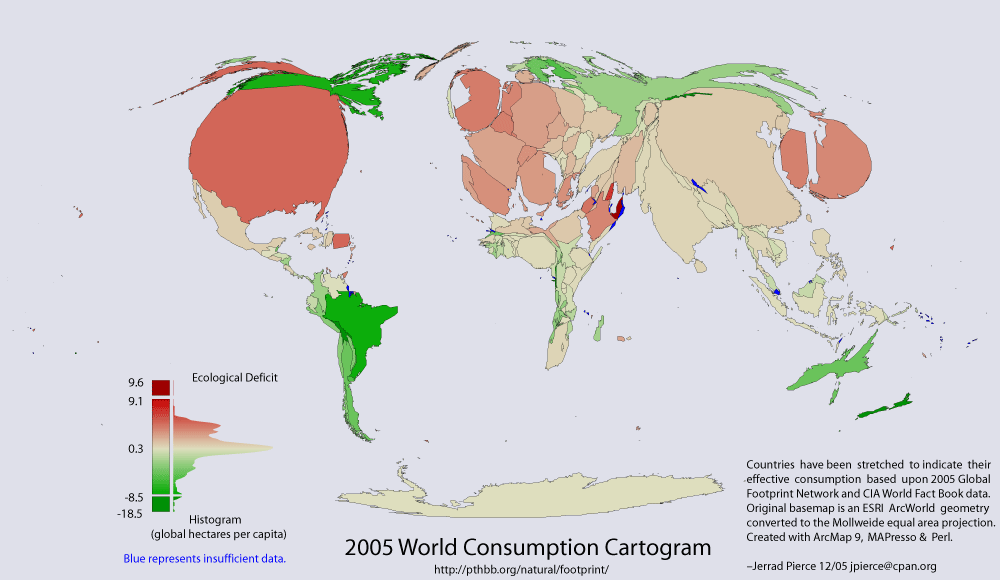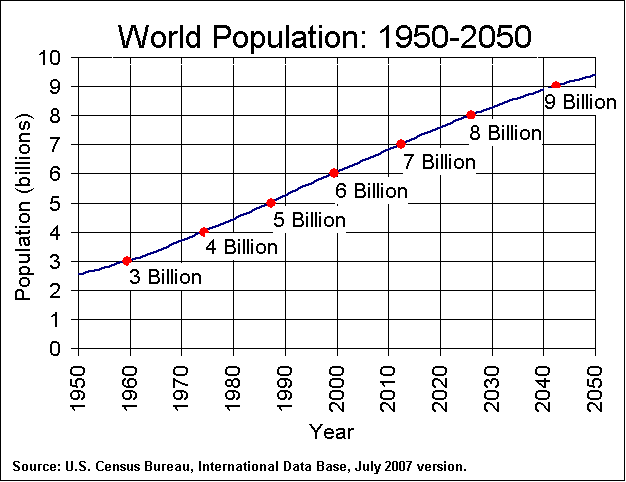 Population index
Population index Navigating the site:
- Demographic and economic data on this site.
- Search here
Loading
Three maps & a graph.
The world at Seven Billion index
The World at Seven Billion Wiki; main page
Siry Population e-book, Table of Contents.
Population pyramids - dynamic changes demonstrated.
-
Numbers of people | Size of the economies of respective nations | Relative consumption patterns in countries

A definition of population, which counts all residents regardless of legal status or citizenship – except for refugees not permanently settled in the country of asylum, who are generally considered part of the population of their country of origin.
Deciphering age and gender cohort analysis by population pyramids: 10 minutes.
Using population pyramids: 5 minutes.
Optimum -- importance of: 15 Minutes 9 Seconds
- Arable land, global extent of
- Assimilative capacity and Carrying capacity examined
- Carrying capacity
China's population distribution and history
Cities, US, largest 21, urban areas by city limits.
- The Demographic Divide, NOVA, 2005
- Density examined and described.
- Ecosystems
- Energy conservation
- Energy sources.
- Energy consumption and its costs.
- Florida population
- Florida growth
- Genes
- Ghost acres needed to maintain a high level of consumption
- Growth's impact
- Hardin, The Ostrich Factor
Housing, home building dates in the US: 1900-2010.
- India
- Interdependence of people and the Earth
- Impact formula
- Kimball, "The Real Population Problem"
- Land & labor theory of value and wealth
New York City & adjacent Long Island population comparisons
population, Dr. Siry's article about
Population Data from PRB
Here are maps of the relative sizes of nations with respect to:
Numbers of people | Size of the economies of respective nations | Relative consumption patterns in countries
![]()
Growth rates of nations over 75 years with regard to the amount of people drawn in proportion to their relative number of inhabitants added to the population over time.
Largest nations in terms of the total number of inhabitants, for most extensive see link.

- The world's different nations drawn to scale by the comparable size of their respective economies with regard to their relative sizes when contrasted with the GDP of neighboring nations. These comparative scales were prior to the 1998 big-recession and before the 2008 great depression.
Numbers of people | Size of the economies of respective nations | Relative consumption patterns in countries
![]()
- Largest economies from the perspective of consumption of material resources, so that these nation's consuming patterns in terms of an ecological deficit are drawn to a scale relative to one another.
Numbers of people | Size of the economies of respective nations | Relative consumption patterns in countries
Top ten largest and most sprawling cities
Total fertility rate or TFR, map of
Tragedy of the Commons, by Garrett Hardin, a synoptic look
- USA is extraordinarily dependent on fossil fuels
- USA population in the 1990s
- Utilitarian, values of utilitarianism.
- US Census Bureau (decennial census data)
- The World at Seven Billion: Dr. Siry's class wiki on population.
- Worldwide trends in energy consumption by source
- World population
- World population: ten largest nations
The aggregate number of people on Earth depicted as a graph of increase over time.
7.174 billion people lived on earth as of June 23, 2014
7.195 billion people on earth as of October 1, 2014
Science Index | Social Analysis | Landscape Index | Global Warming Index | Nature Index



Wiki.
Dr. Siry's E-book contents on Population & Environment

.gif)









